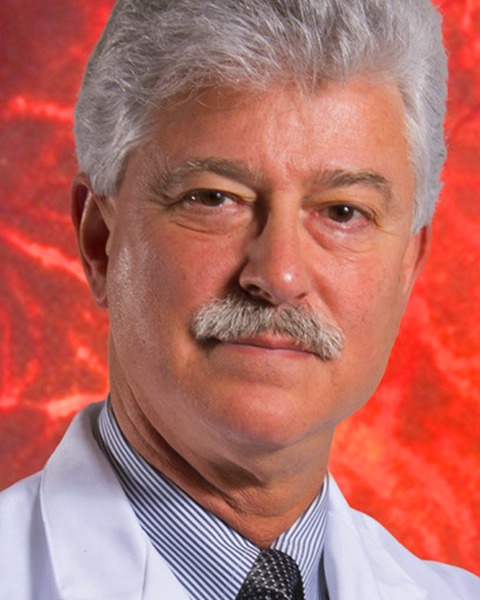2025 AOCS Annual Meeting & Expo.
Health and Nutrition
Pathology caused by cholesterol pathway defects in human subjects and experimental animal models

Steven J. Fliesler, PhD,FARVO
SUNY Distinguished Porofessor
SUNY- University At Buffalo
Buffalo, NY, United States- SF
Steven J. Fliesler
Research Health Scientist
VA Western NY Healthcare System
Buffalo, New York, United States
Presenting Author(s)
Co-Author(s)
The mevalonate pathway generates a host of lipid-soluble, biologically significant molecules (called “isoprenoids”), such as cholesterol and other sterols, bile acids, steroid hormones, dolichols, and the 15- and 20-carbon prenyl groups of prenylated proteins. Genetic defects in this biosynthetic pathway produce a host of human diseases. Smith-Lemli-Opitz syndrome (SLOS) is just one of several such hereditary diseases caused by defects in the cholesterol pathway. Mutations in DHCR7 result in SLOS; some forms of the disease are quite severe, even lethal. This Schroepfer Medal lecture will describe studies done in my lab over several decades to develop and characterize viable animal models of SLOS, and what insights we’ve obtained in the course of that work regarding disease mechanism and possible points of therapeutic intervention to treat the disease, as well as tractable new cell-based models that offer great promise for further advancements in this field of study. The initial animal model was generated by treating pregnant rats with a selective inhibitor (AY9944) of DHCR7 (7-dehydrocholesterol reductase), the penultimate enzyme that converts 7-dehydrocholesterol (7DHC) to cholesterol, and the same enzyme that is defective in SLOS. AY9944 causes birth defects in the progeny of pregnant rats; those animals develop progressive, irreversible vision loss and retinal degeneration. However, feeding them a diet rich in cholesterol and antioxidants completely prevents that pathology. More recently, we’ve transitioned to using genetically altered mice, switching from a global Dhcr7 knockout model to mouse models where we can ablate the Dhcr7 gene selectively in any tissue or cell type we choose, e.g., in the retina or brain or liver, and examine the consequences to cholesterol homeostasis and the structure and function of the retina. Most recently, we’ve developed cellular models of SLOS (patient-derived iPSCs converted to retinal pigment epithelial (RPE) cells and examine study structure-function relationships.

.png)